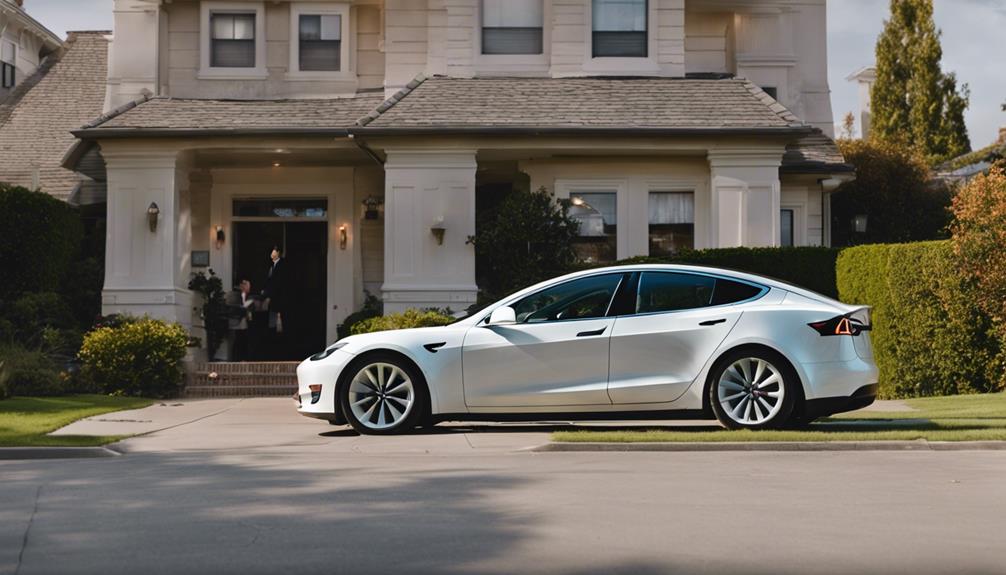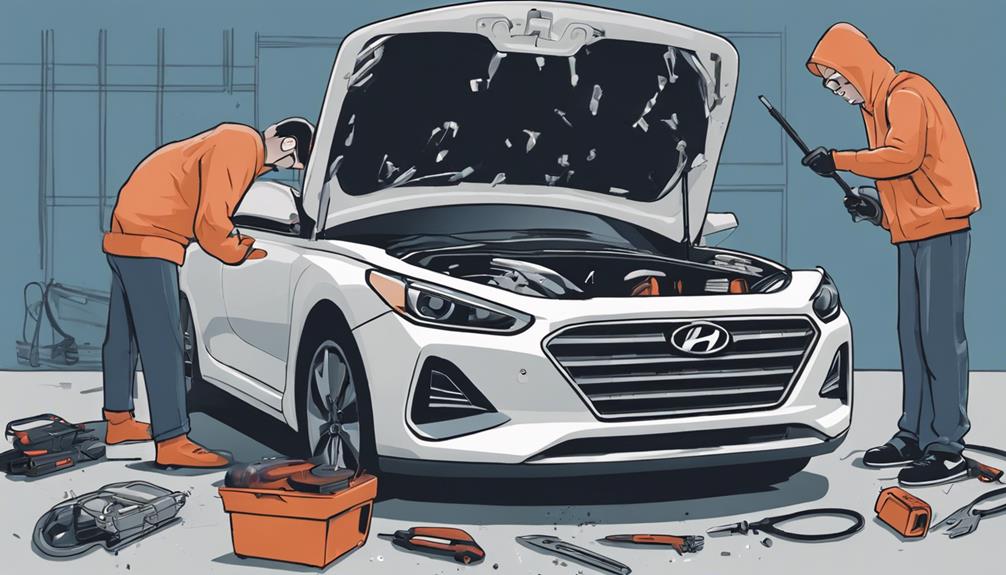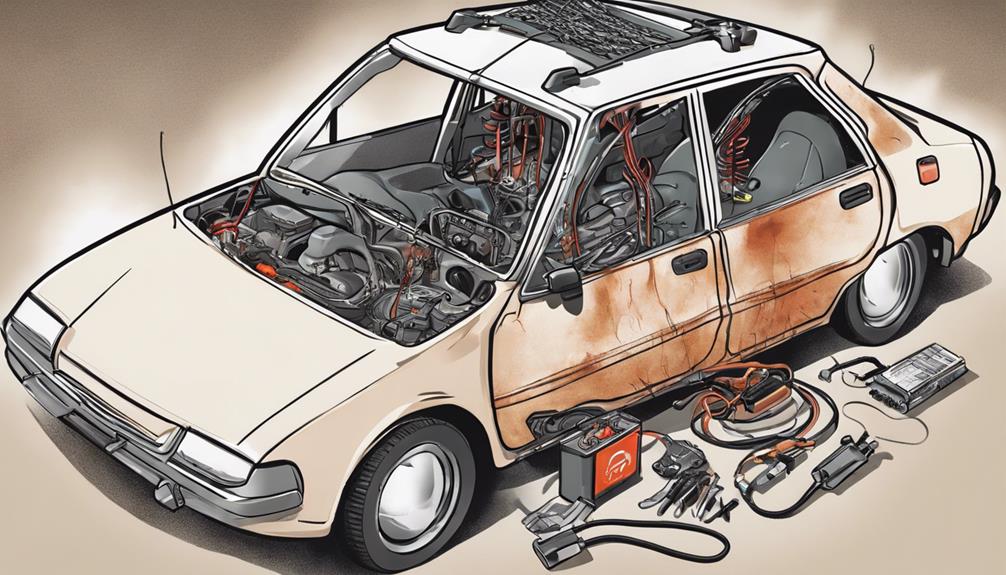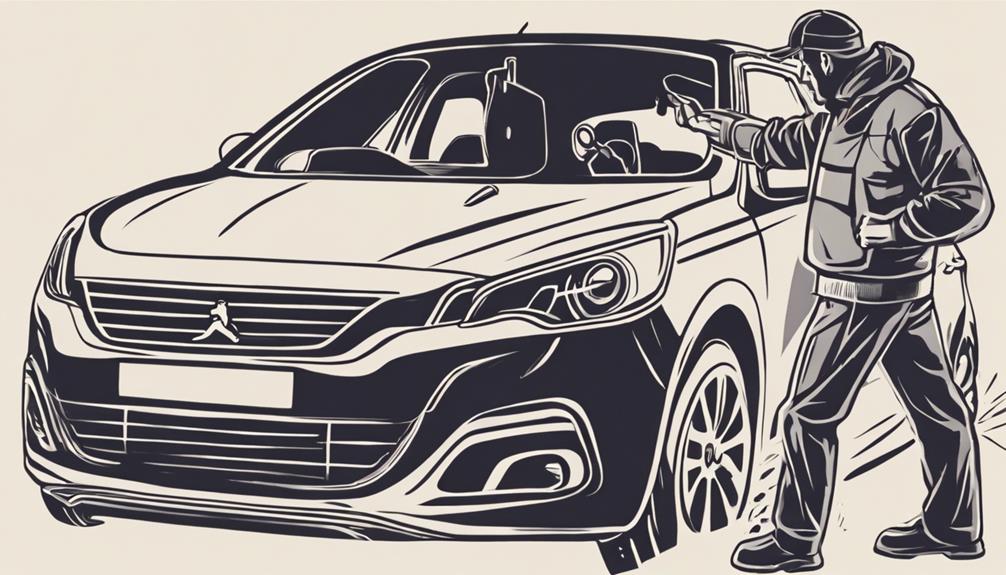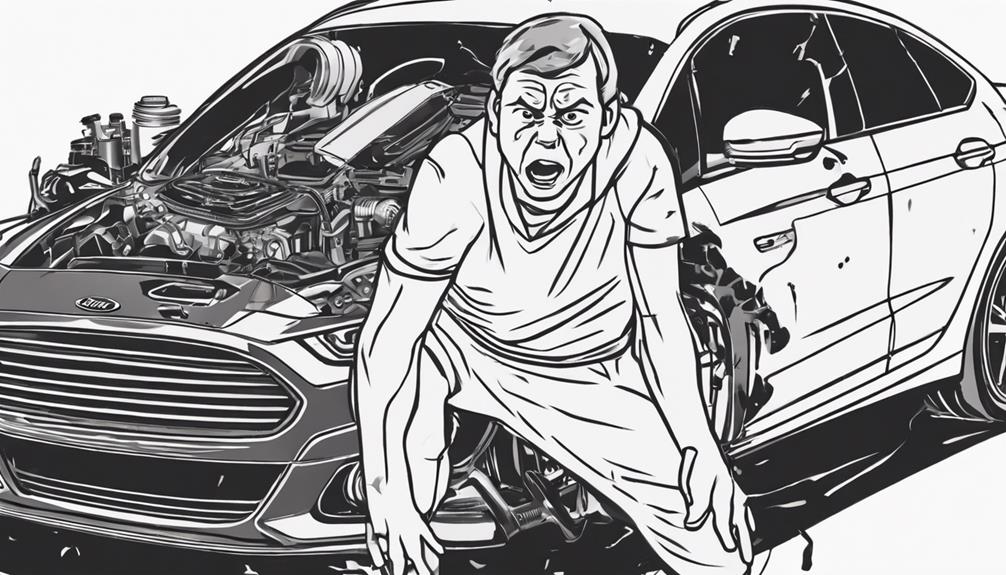If your Tesla is staging a silent protest and won't start, it could be due to key detection issues, low battery levels, key fob malfunctions, or even software glitches. Make sure your key's battery is charged, try power cycling the Model Y, and keep your key fob close. Keeping an eye on warning signs for low battery and updating software can save the day. Remember, the solution might just be a few taps away on your touchscreen. Fix those starting woes, and you'll be back on the road in a jiffy, ready to embrace the journey ahead.
Key Takeaways
- Check key fob battery and proximity for detection issues.
- Ensure Tesla has sufficient battery charge for starting.
- Restart Tesla and place key fob near authentication area.
- Update Tesla software to resolve software glitches.
- Seek professional help for accurate diagnosis and repair.
Key Detection Issues
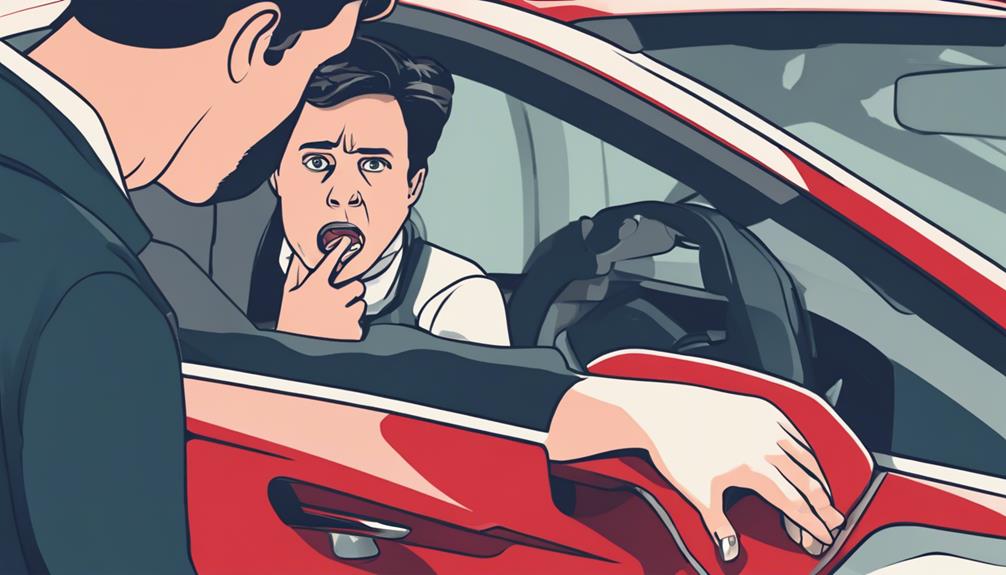
If you've ever found yourself stranded in your Tesla, scratching your head as to why it won't start, chances are it's all about those pesky key detection issues. Your Tesla relies on authenticating your presence through the key fob, key card, or phone key.
Imagine, you step into your sleek Tesla, ready to hit the road to freedom, but if your key is low on battery or you're too far away, the car mightn't detect it, leaving you puzzled in the driver's seat.
To add to the mix, your Tesla's touchscreen might prompt you for authentication if it's having trouble detecting your key. This feature is all about confirming your Tesla's security, requiring that you have your key on hand before restarting or locking the vehicle.
Authentication Failure
Experiencing an authentication failure in your Model Y can be a frustrating roadblock to starting your Tesla. When your Tesla prompts for authentication and doesn't detect the key, it can lead to starting issues.
Factors like a low battery can affect key detection, so it's essential to have your phone key, key fob, or key card with you. Authentication failure not only prevents your Model Y from starting but also impacts security features like PIN to Drive, ensuring access control.
To address this, try powering off the Model Y by shifting to Park or manually turning it off while in Park. Remember, the key is important for restarting the vehicle and locking it when you exit.
Low Battery Levels

Having low battery levels in your Tesla can lead to starting issues, affecting the vehicle's operation and responsiveness. To prevent these problems, make sure to keep an eye on your battery charge level and charge your Tesla regularly. Here are some key points to keep in mind:
- Stay Charged Up: Just like you need your morning coffee, your Tesla needs its battery charge. Keep it above 20% to guarantee smooth starting.
- Warning Signs: Listen to your Tesla; it may display warnings when the battery levels are getting low. Don't overlook these signs!
- Command Failure: If your Tesla stops responding to key commands or app controls, it might be time for a recharge. Don't panic; just power up.
- Check Regularly: Make it a habit to regularly check your battery charge level. It's like checking your phone battery – you wouldn't want it to die on you unexpectedly!
Key Fob Malfunction
Encountering a situation where your Tesla won't start due to a key fob malfunction can be a frustrating hurdle in the journey to a smooth driving experience. Key fobs play an essential role in the authentication and access to Tesla vehicles, so when they face issues like low battery levels or interference, it can disrupt the seamless operation you expect.
To guarantee everything runs smoothly, always keep your key fob, key card, or phone key close by for easy vehicle authentication and operation. In instances where the key fob malfunctions, it's important to restart the Tesla vehicle and lock it securely when leaving. Remember to place the key fob near the designated authentication area, like the cup holders, to ensure proper detection.
Software Glitches
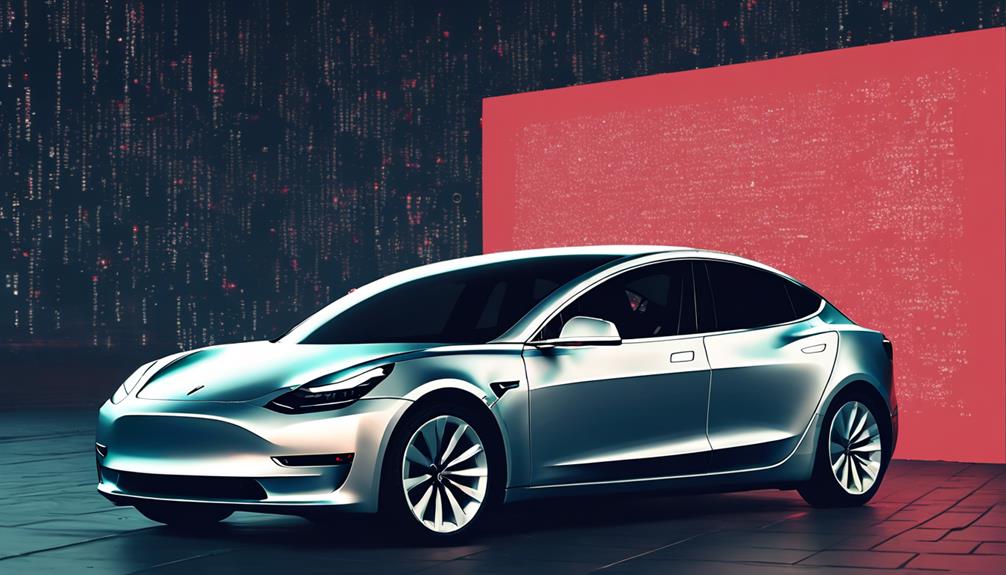
Encountering software glitches in your Tesla can be a frustrating obstacle that may affect the starting process and overall functionality of the vehicle. When faced with unresponsive touchscreens or connectivity problems with key fobs or phone apps, here are some steps to tackle the issue:
- Update Your Software: Keeping your Tesla's software up to date can often resolve starting issues caused by software glitches.
- Reboot the Touchscreen: Sometimes, a simple reboot of the touchscreen can clear up any software-related issues hindering the starting process.
- Power Cycle the Vehicle: Cycling the power of your Tesla may help in resetting any software glitches affecting the starting system.
- Contact the Tesla Service Team: If all else fails, reaching out to the Tesla service team can provide you with the necessary expertise to diagnose and fix complex software-related problems preventing your Tesla from starting.
Don't let software glitches hold you back from the freedom of driving your Tesla; tackle them head-on with these solutions.
Charging Problems
If you're facing charging problems with your Tesla, troubleshooting the charging cable, wall connector, or charging port is crucial to get your vehicle back on the road efficiently. Start by checking for any error messages on the touchscreen related to charging to pinpoint the issue. Sometimes, a simple software update might be all that's necessary to fix the problem. Confirm that the power source is functioning correctly and providing the required voltage for charging your Tesla. If you're uncertain how to proceed, refer to the Tesla owner's manual for specific troubleshooting steps or reach out to Tesla customer support for assistance.
| Common Issues | Solutions |
|---|---|
| Charging Cable Damage | Inspect for any visible wear or tear and replace if necessary |
| Wall Connector Troubles | Check the wall connector for loose connections or faults |
| Charging Port Blockage | Clear any debris or obstructions from the charging port |
Vehicle Settings
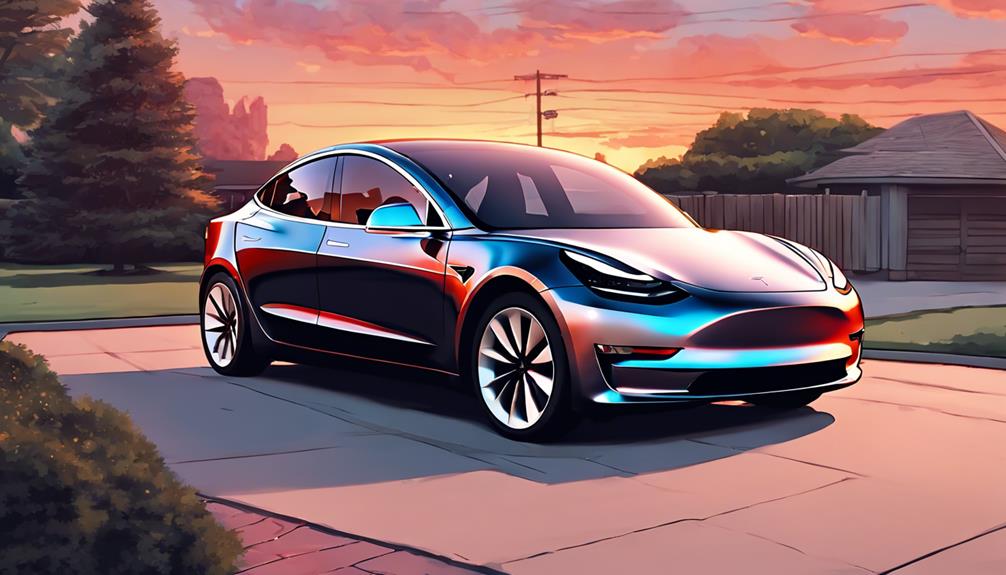
To fine-tune your Tesla driving experience, explore the array of customizable vehicle settings that cater to your preferences and enhance your journey. Here are some key features to contemplate:
- Personalized Driving Experience: Customize your steering mode, regenerative braking levels, and suspension preferences to match your driving style and comfort level. It's like having a tailor-made driving experience just for you.
- Seamless Switching: Set up multiple driver profiles to effortlessly switch between individual settings for different drivers. No more readjusting everything each time you get behind the wheel.
- Enhanced Safety and Convenience: Configure driver assistance features like Autopilot, Traffic-Aware Cruise Control, and Autosteer to assist you on your journey, making driving easier and safer.
- Comfort On-Demand: Take control of your climate with adjustable settings for temperature, fan speed, and seat heating. Stay comfortable no matter the weather outside.
Professional Assistance
When your Tesla gives you starting trouble, it's time to call in the big guns. Seek expert help to navigate the maze of potential issues with your vehicle. Certified technicians can provide the professional diagnosis needed to get you back on the road.
Seek Expert Help
For a quick resolution to your Tesla not starting issue, enlisting expert assistance is the key to uncovering and rectifying the underlying causes effectively. When you seek professional help, you guarantee an accurate diagnosis of the problem and access to the solutions you need.
Expert assistance is essential for handling the complexities of electrical and software issues in your Tesla. Specialists can identify issues like 12V battery failure that may be causing the starting problem. By opting for expert intervention, you can prevent further damage to your vehicle's systems.
Consulting with specialists not only provides peace of mind but also guarantees a safe resolution to the Tesla not starting problem.
Consult Certified Technicians
Qualified technicians possess the specialized expertise needed to accurately diagnose and resolve intricate Tesla starting issues efficiently. When encountering Tesla difficulties, seeking professional assistance guarantees a thorough inspection of the vehicle's starting system components.
These experts have access to specialized tools to troubleshoot and fix Tesla-specific problems effectively. By consulting certified technicians, you minimize the risk of causing further damage during the repair process. Their knowledge guarantees a thorough solution tailored to your Tesla's needs.
Trusting in their skills not only saves you time but also keeps your warranty coverage intact. So, when your Tesla won't start, rely on these professionals to get you back on the road swiftly.
Get Professional Diagnosis
If you're stuck with a Tesla that won't start, the next step is to seek professional diagnosis for an accurate and effective solution. Here's why professional help is important:
- Essential Accuracy: Specialized technicians can precisely diagnose the issue plaguing your Tesla's starting problem.
- Expertise Matters: Experience with Tesla vehicles equips professionals with the know-how for effective troubleshooting.
- Special Tools: Professionals use specialized equipment to investigate deeply into the root cause of the starting issue.
- Prevent Further Damage: Seeking professional assistance can prevent additional damage to your Tesla and guarantee a safe resolution to the problem.
Frequently Asked Questions
What Do You Do if Your Tesla Won't Wake Up?
To wake up your Tesla, try power cycling by shifting to Park and rebooting via the touchscreen. Make sure authentication factors like battery levels are at their best. Always keep your key card, phone key, or fob handy for easy restarts.
How Do You Reboot Tesla?
To reboot your Tesla, simply shift to Park, then touch 'Controls,' select 'Safety & Security,' and tap 'Power Off.' Wait 2 minutes before waking the vehicle to guarantee a complete restart. Rebooting the touchscreen can help resolve issues.
What Do You Do if Your Tesla Screen Wont Turn On?
If your Tesla screen won't turn on, try rebooting the touchscreen by holding down the two scroll buttons on the steering wheel. If that doesn't work, check for 'sleep mode' and wake it up by opening and closing the driver's side door.
What Do You Do When Your Tesla Is Completely Dead?
When your Tesla is completely dead, it's important to act fast. Check the warranty, open a service ticket, or jump-start it if needed. Don't risk being stranded. Address potential 12V battery issues promptly for a smooth fix.





